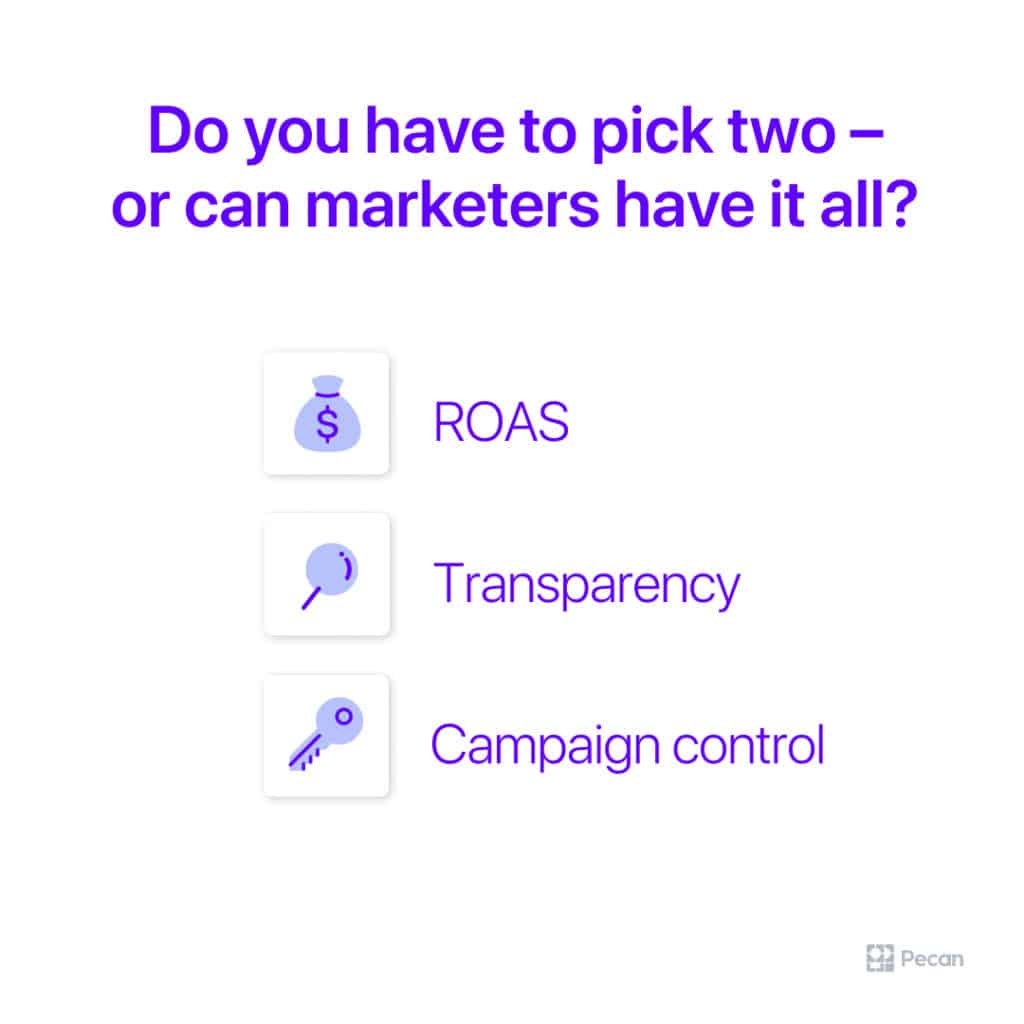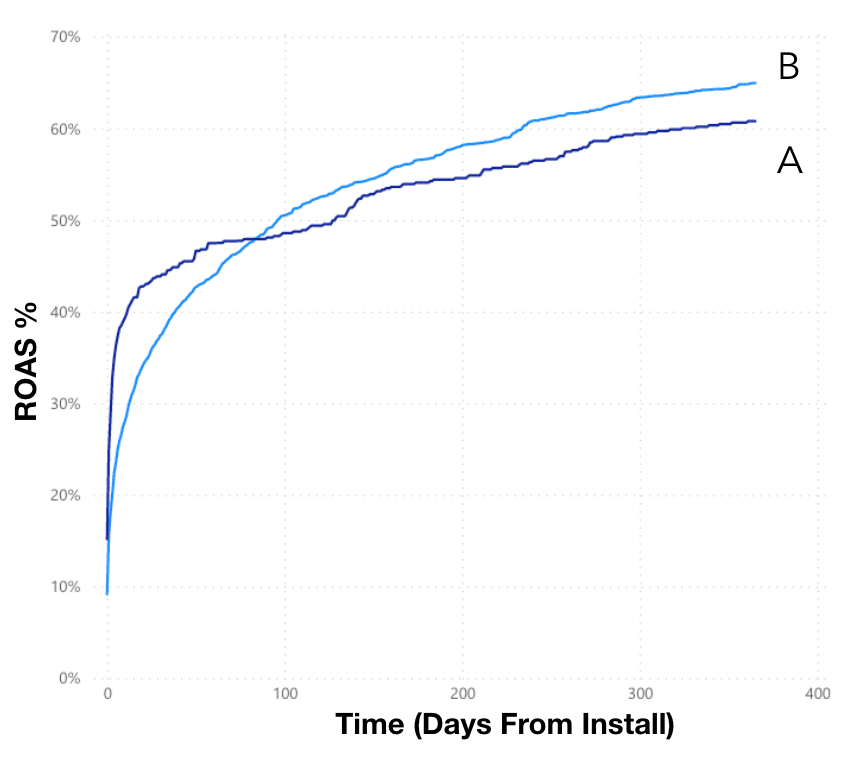AdExchanger recently released two articles on Performance Max and Advantage+ that discussed how ad platforms are moving toward delivering results while sacrificing transparency and user control of ad campaigns.
As someone who has been on the demand side of advertising for the last 20 years, I’ve seen this trend before. Platforms like Google have removed features like broad match modifiers that had a negative impact on performance and management, striking a huge blow to campaigns I or my agency managed.
Despite these changes and in working with great agencies, we were able to find a solution. Some of these solutions took more work than others – but regardless, we were able to test into a number of strategies that allowed the same level of transparency and control while reaching the performance goals.
Why are Performance Max and Advantage+ different?
When I read about the Performance Max and Advantage+ updates, the phrase “losing control of my campaign” echoed in my mind. I didn’t think the the updates were all that different from those in the past.
But then I read the below. About nine paragraphs into the Advantage+ article, author James Hercher writes:
In talks with more than 20 agency and brand advertisers who have used ASC and unanimously approve [of it], the clear conclusion is that Meta and Google are correct in betting that marketers will opt for ROAS over transparency and control. It’s only a matter of time before this approach becomes more widely adopted.
Unanimously approve?!? Marketers will opt for ROAS over transparency and control? Those sound like fighting words.
I don’t know if this idea has been prompted by the pandemic or the post-pandemic recession. Or maybe it stems from concern that the risk of not driving ROAS is greater than the risk of not controlling your ad campaigns. Either way, this is the first time I have ever heard an agency or advertiser say they approve these black-box solutions Google and Meta are rolling out. Case in point: ProPublica recently featured a great article on how GDN fails to block adult-content sites. As a marketer, this is a huge red flag. Having experienced this occurrence in the past, I don’t want to encounter it again.
So the bigger question is: Why? Knowing the risk, why should marketers have to choose among transparency, brand safety, and ROAS? Why can’t we have our ROAS and transparency too? There’s another way — using a low-code predictive analytics platform to help drive needed ROAS without sacrificing transparency or control in marketing campaign management.
Pecan AI is a great example of one of these platforms. With Pecan, campaign managers can create predictive models in days that will help them optimize campaigns earlier in the campaign lifecycle to drive higher ROAS. Pecan does this by ingesting campaign data and creating customer-level predictive models that predict the customer’s lifetime value (LTV). Generating these predictions will allow campaign managers to see which campaigns are driving higher future lifetime value.
So how does this work, and how can you save money?
If you are a brand spending $10M a year on advertising campaigns, your daily budget is around $27K. Generally speaking, depending on the industry, it takes around 7-14 days to optimize an ad campaign (I know this is dependent on optimization strategies, campaign learning phase, etc., but bear with me).
By the time you can make your first major optimization, the campaign will have spent roughly $200K. That’s a lot of money!
But now, with the help of AI and machine learning, campaign teams can optimize earlier in a campaign. Instead of a day 7 or day 14 optimization, they can optimize on day 2. With a day 2 optimization, the campaign could save around $150K in spend — not to mention the lift generated by better results through focusing resources on higher-performing campaigns.
Optimizing campaigns as early as possible leads to decreased spend and better results.
With this level of optimization taking place on the second day of a campaign, campaign managers no longer have to choose between ROAS and transparency. With Pecan, campaign managers can leverage the same bid strategies and campaign structure they’ve been using. The only difference is that now, they can both obtain sophisticated in-house AI capabilities and drive the performance that will help their teams exceed their target ROAS goals.
An unnecessary choice between ROAS and transparency
What stands out about Performance Max and Advantage+ is that it seems like marketers will have to choose between transparency and control or return on ad spend (ROAS). This is a concerning development because it doesn’t have to be a trade-off. Marketers can actually have both transparency and control while also achieving high ROAS.
There are solutions available that can help us achieve both, such as Pecan AI, and it’s time for marketers to begin exploring the benefits of these solutions.
Ready to learn more? Get in touch to see how we can help.





